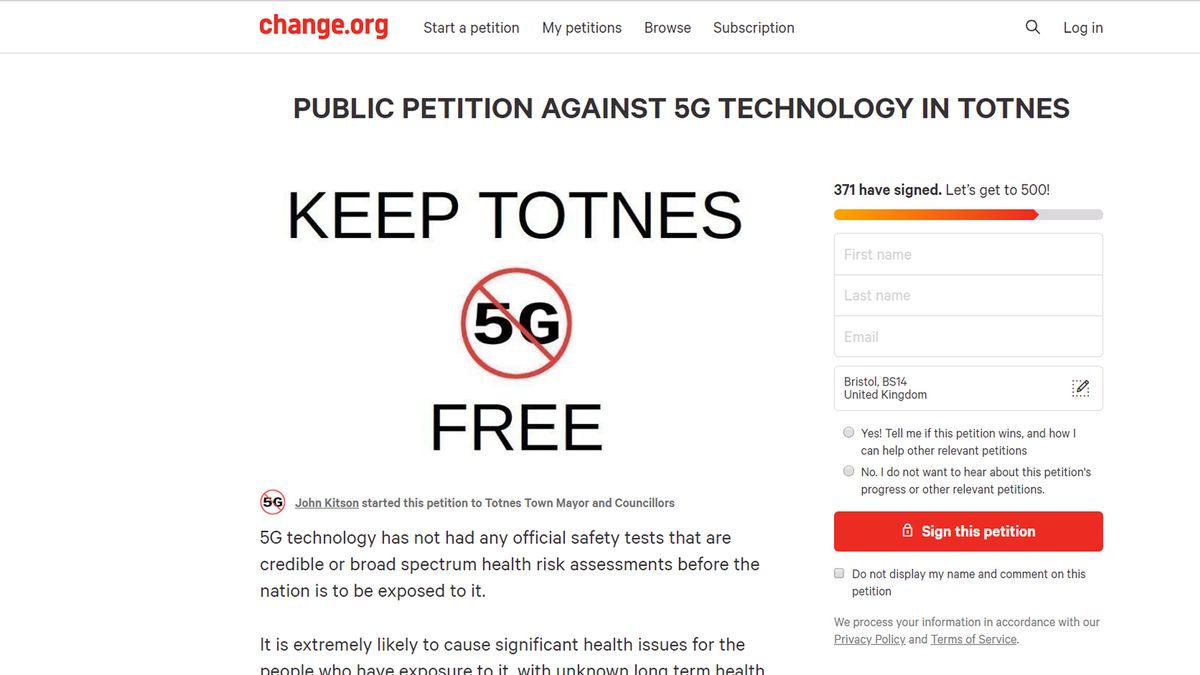Internet service providers will be increasingly using 5g cell towers, a new novel kind associated with antenna. They may be developed considerably more densely and have additional capabilities than 4-g towers.
There is growing worry throughout many communities these buildings may pose health risks in order to locals. Health, personalized space, and looks are legitimate areas of worry.
Could possibly be Much Larger
As being the radio waves employed by 5G are higher in frequency than those used by 4G, more transmission systems are required. What Learn here is of which more radiation may well be released in to the atmosphere.
Communities along with HOAs, company proprietors, real estate speculators, and the ones worried concerning their health most have a lot to lose in the event that this continues. They are worried that this increased number of 5G towers would likely have a detrimental effect on property costs and people's health and fitness.
To solve this particular problem, we should adjust our mode of communication and move to utilizing internet rather than cell phone networks. This is just not occur immediately, but it will arise.
Okay, but just how exactly are we going to carry out that? About what methods might we enhance safety? The perfect solution is contained inside a cell structure in the form of a piece of technology known as tiny cells.

Simply put, they cost considerably more.
All those who have ever were living in a city include likely seen the particular massive cellular gear towers that positioned atop various masts and buildings. They are 4G cell podiums, and they assist the community by transmitting wireless network signs.
They range within height from 40 to 200 ft and are intended to be aesthetically unobtrusive by being built in keeping with their surroundings. In order to be able to provide wide-area assistance, 5G technology wants a significantly denser tower coverage than 4G did.
Compacted cell sites may be challenging to maintain up due to the constant connectivity and high speeds they need to give. Hence, these may be are more expensive than others of their kind.
It makes sense with regard to tower owners plus mobile network workers to prepare for typically the arrival of new technologies by upgrading their existing masts in order to 5G. You might broaden the site's functionality and attract additional customers through the use of these types of latest technologies.
They Provide a Higher Threat
To exactly what extent are 5G Towers detrimental, and why
More broadcast frequency (RF) light is emitted by 5g towers, which is a key cause for worry. Typically the reason for this because a greater occurrence of installation is required to provide complete coverage.
But , the RF waves emitted by mobile phone towers may break up chemical links within DNA, which could harm cells plus even cause malignancy, without ever harmful DNA directly or even heating bodily damaged tissues.
Concerns have recently been raised about typically the potential health threats related with living throughout close proximity to be able to a 5g tower system.
That's because 5G towers in many cases are positioned in close distance to residential areas and educational establishments, making them constantly transmission RF signals. Within other words, they are closer than at any time before, making it more probable that the entire body will absorb typically the radiation they discharge.
Simply Said, Could possibly be Not Required
To send data, 5G sites will use millimeter waves, a hitherto unused portion involving radio stations spectrum. It is small length (only 1? 10mm) plus high frequency (they may carry more energy) make them better than longer-wavelength radio dunes.
If 5G will probably deliver on its promise of lightning-fast downloads and minimal lag in reaction times, then a good extensive infrastructure of cell towers will be essential. Covering urban areas, highways, commercial districts, universities, and still farmland calls intended for a dense network of cell and gives.
Yet what is a safe distance from a 5g cell tower exist to deliver speedy internet to densely populated places. Building a network regarding tightly spaced small cell stations is usually one approach in order to filling up dead areas in mobile mobile phone service.
Yet exactly where these little tissues will go and just how they will effect inhabitants is some sort of huge worry. Inhabitants and municipal government authorities alike are looking for possible countermeasures to these installs.
